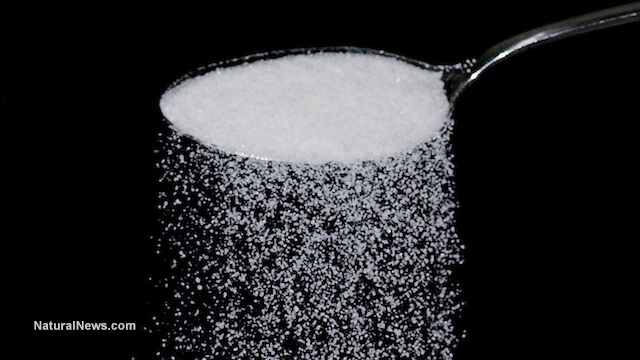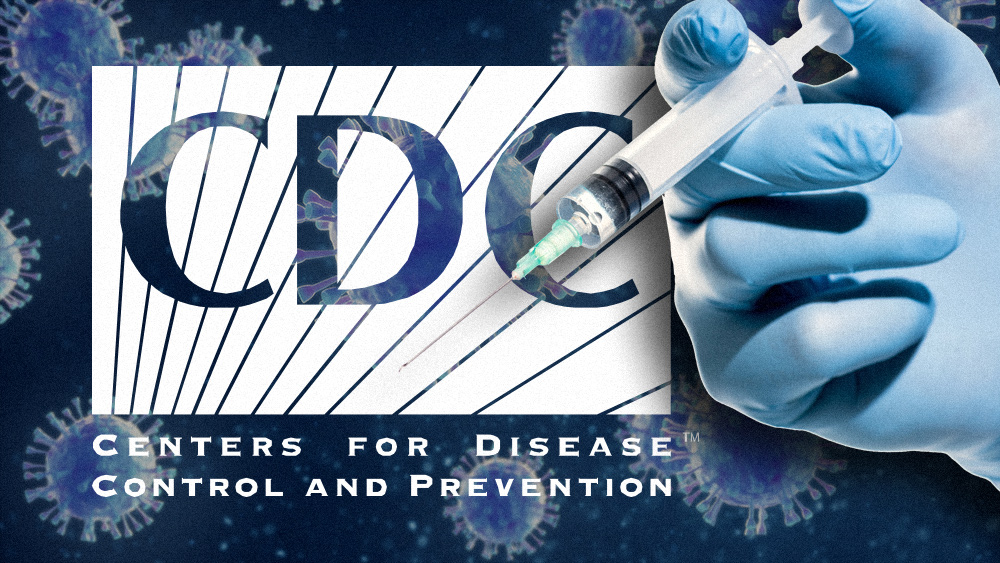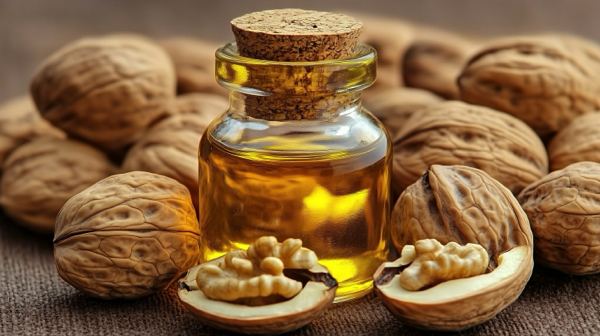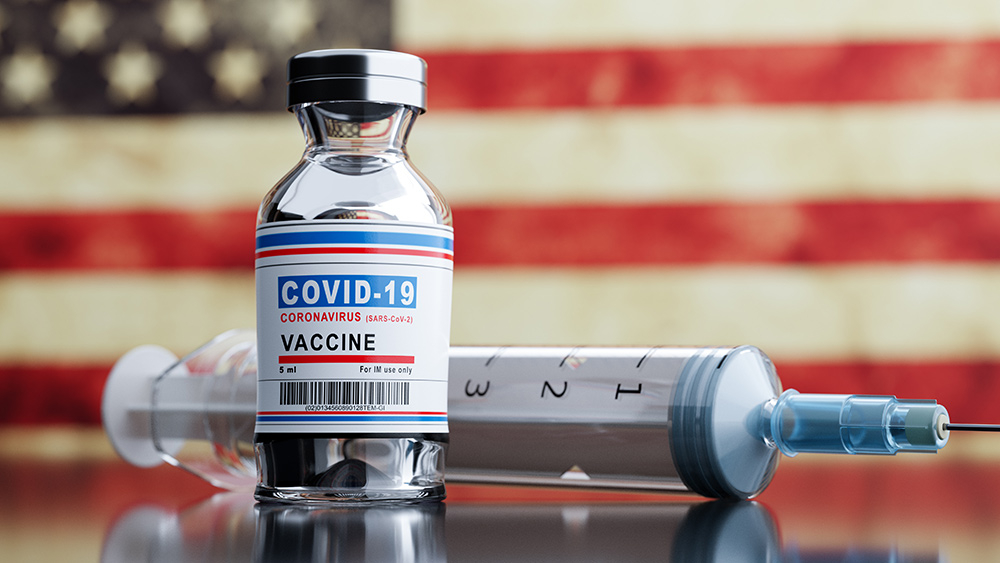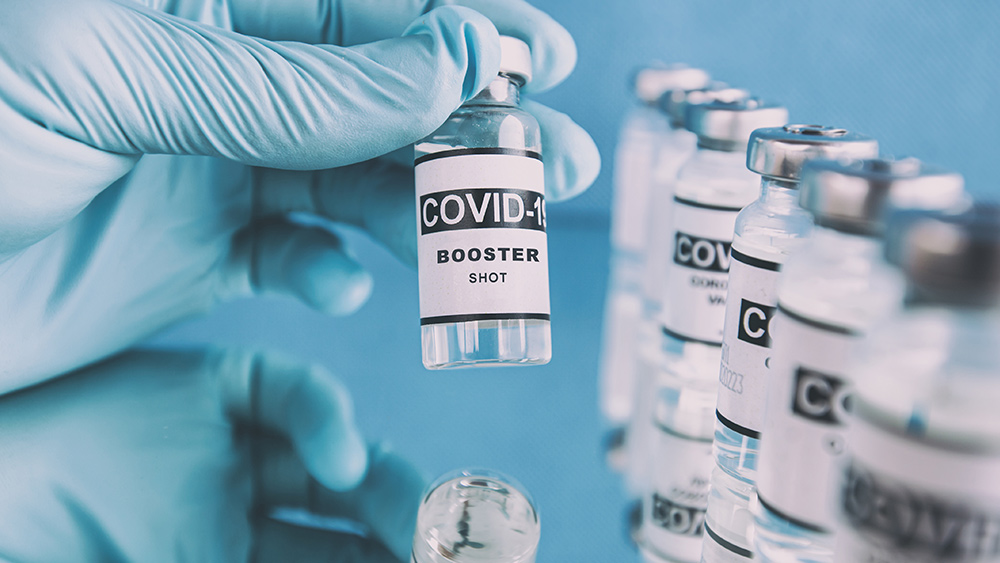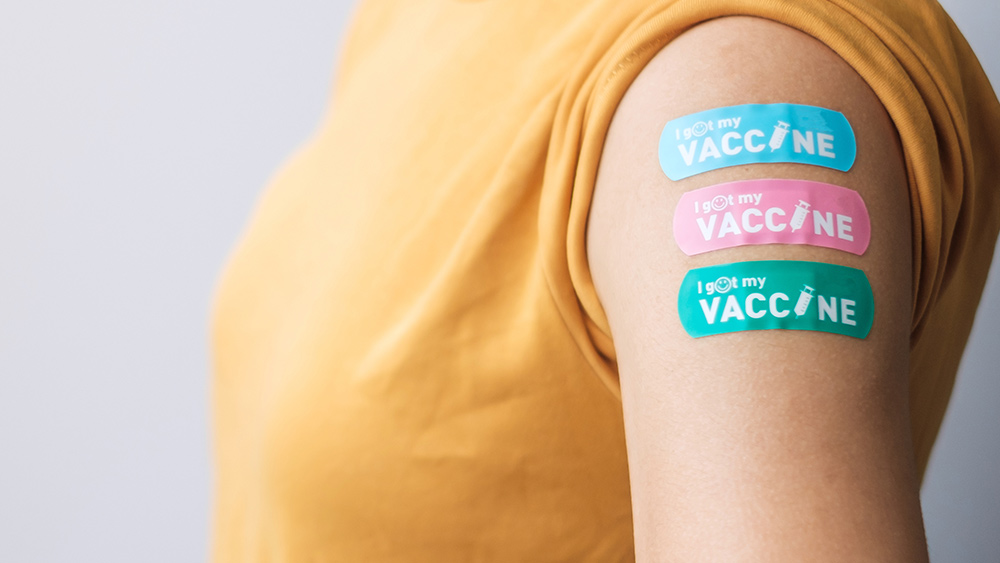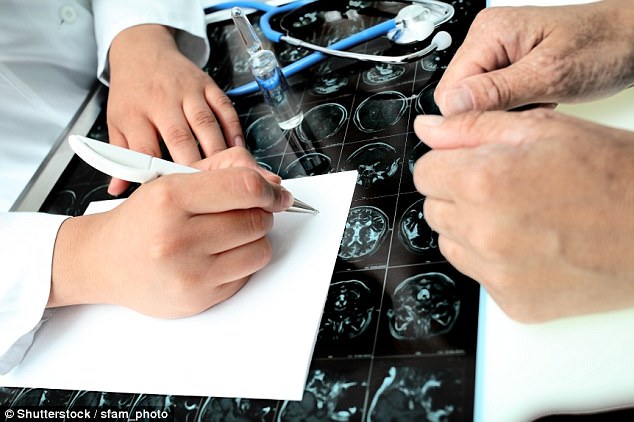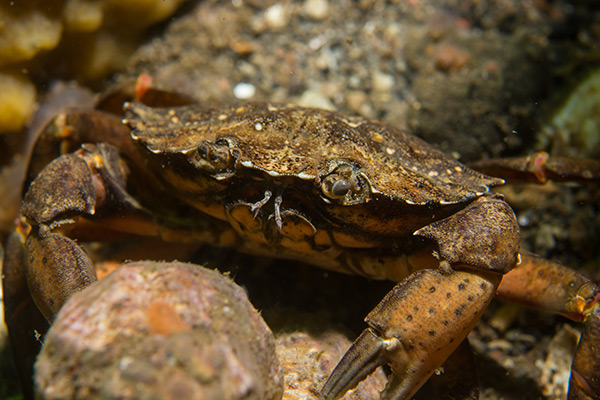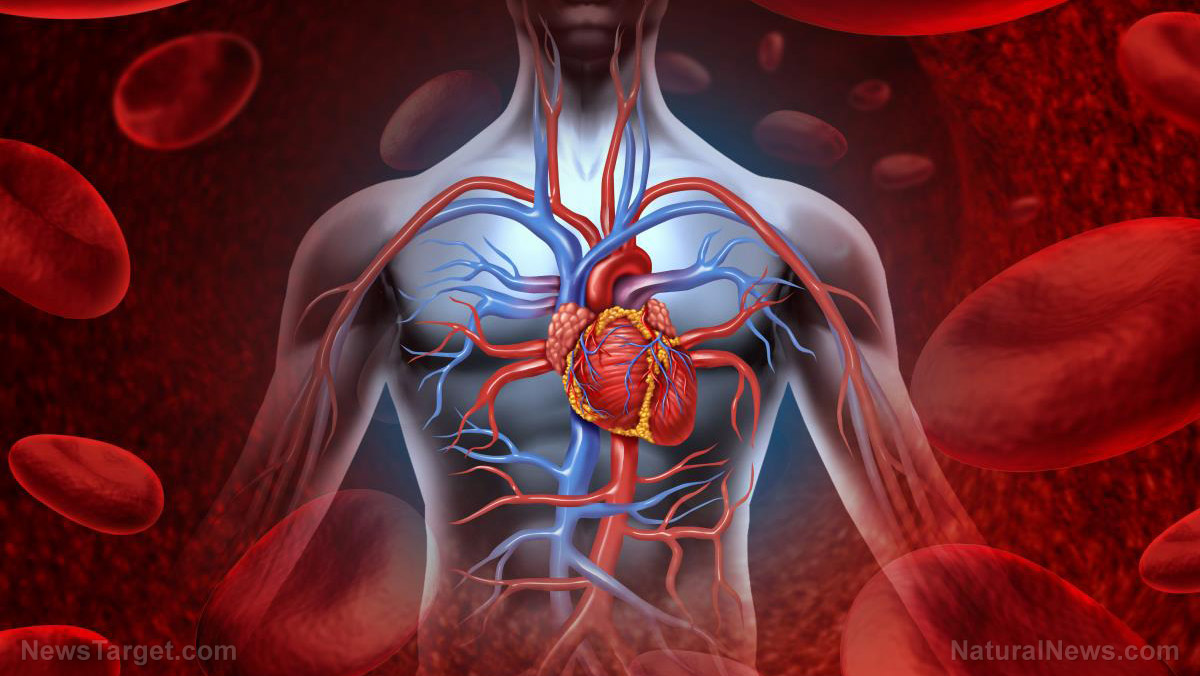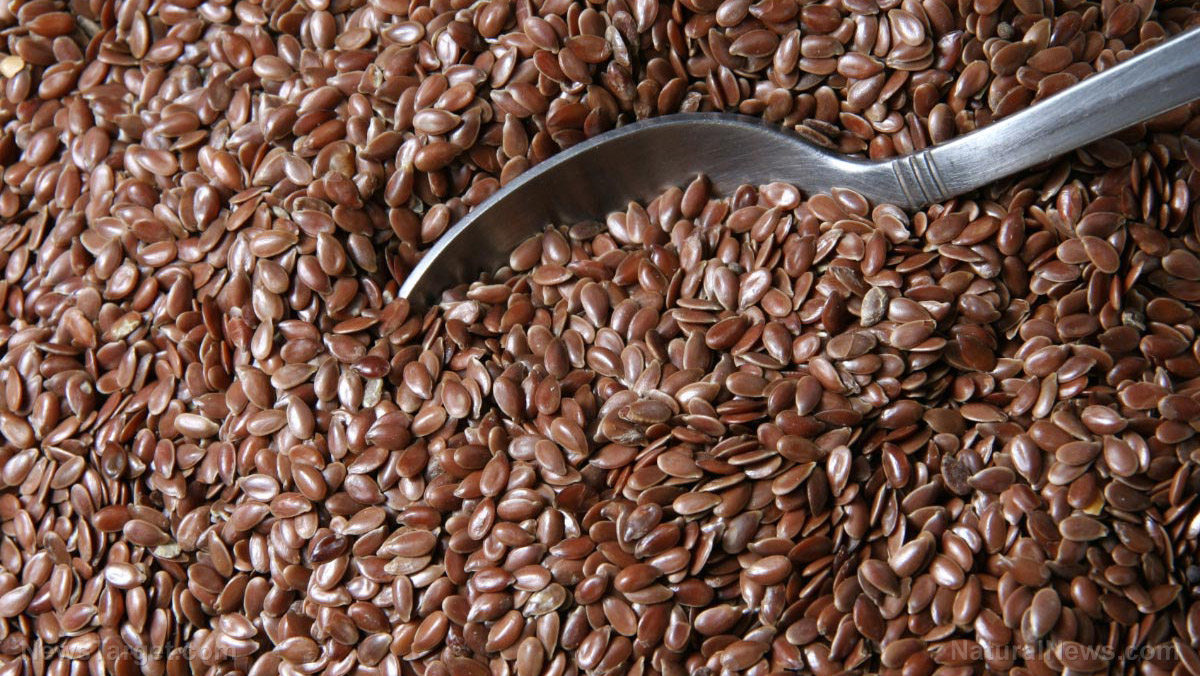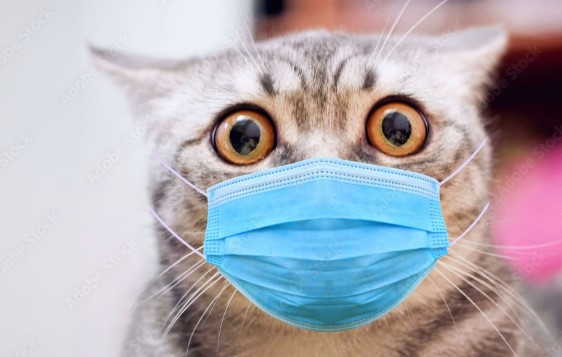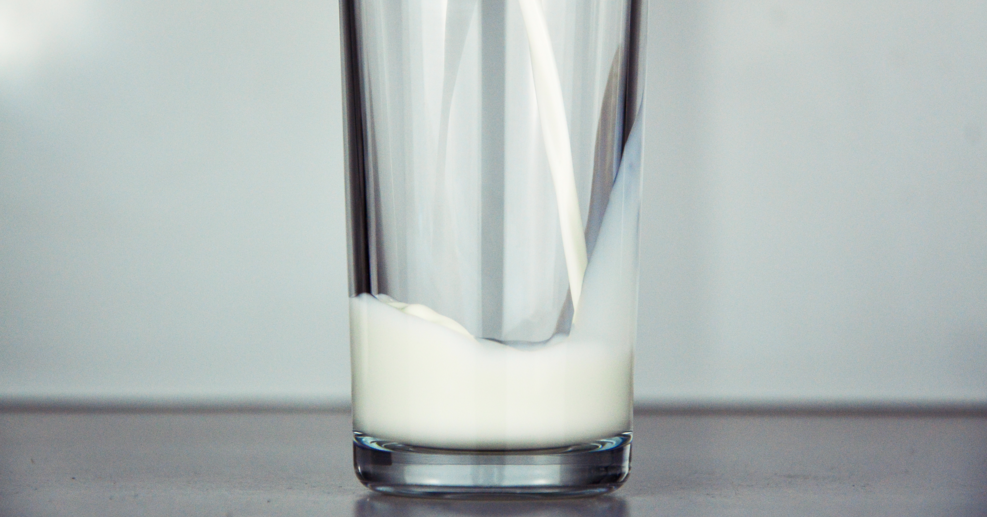Researchers detect DEADLY hospital SUPERBUG that feasts on medical plastics
05/23/2025 / By Lance D Johnson
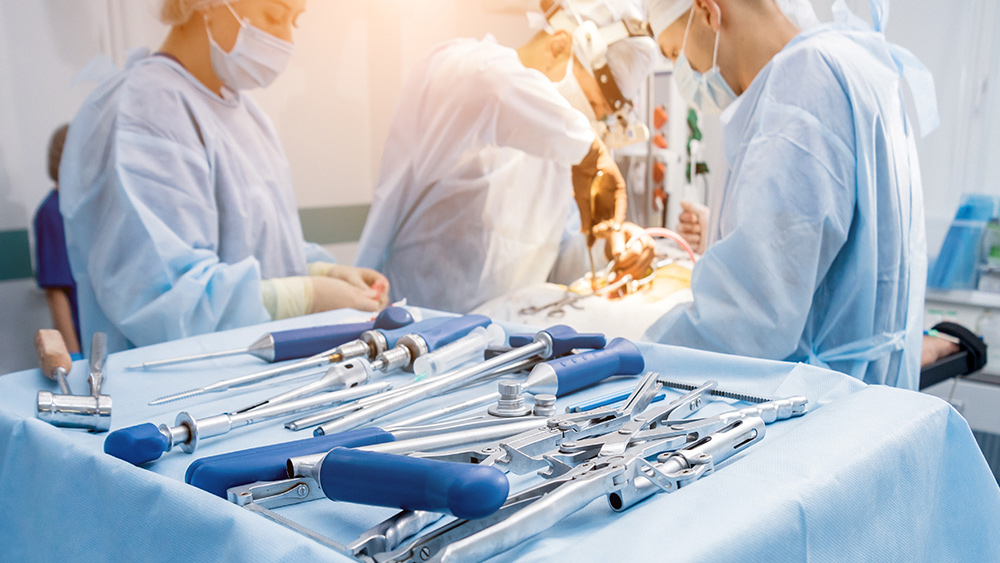
In the sterile halls of modern hospitals, where the sick and vulnerable seek healing, an invisible predator thrives — one that has evolved to consume the very materials meant to save lives. Pseudomonas aeruginosa, a multidrug-resistant superbug responsible for hundreds of thousands of deaths annually, has now been caught red-handed: It can break down and feed on medical plastics, turning sutures, stents and implants into a buffet that fuels its deadly resistance. This shocking discovery, published in Cell Reports, forces a reckoning with the catastrophic consequences of modern medicine’s reliance on synthetic materials — and the pharmaceutical industry’s failure to curb the antibiotic resistance crisis it helped create.
Key points:
- Pseudomonas aeruginosa, a deadly hospital superbug, can degrade and consume medical plastics like polycaprolactone (PCL), found in sutures and implants.
- The bacteria produce an enzyme, Pap1, which breaks down plastic into carbon, providing both food and a means to strengthen antibiotic-resistant biofilms.
- This adaptation allows the superbug to persist longer in hospitals, increasing infection risks for vulnerable patients.
- Researchers warn that other pathogens may possess similar plastic-eating abilities, demanding urgent reevaluation of medical materials and hygiene protocols.
- The findings expose the dangerous intersection of industrial medicine, corporate negligence, and the rise of untreatable infections.
The plastic-eating superbug: A hospital’s worst nightmare
For decades, Pseudomonas aeruginosa has been a leading cause of fatal hospital-acquired infections, particularly among immunocompromised patients and those with cystic fibrosis. But how does it survive — and thrive — in environments designed to be sterile? The answer lies in its terrifying adaptability. Researchers from Brunel University London discovered that a strain taken from a patient’s wound could produce Pap1, an enzyme capable of dismantling PCL, a common biodegradable plastic used in medical devices.
When the bacteria feast on plastic, they don’t just survive — they weaponize it. The carbon released from degraded plastic helps form thicker, more resilient biofilms, which act as shields against antibiotics. “Plastic is everywhere in modern medicine, and it turns out some pathogens have adapted to degrade it,” said study lead Ronan McCarthy. “We need to understand the impact this has on patient safety.”
How modern medicine fueled its own demise
Modern medicine, once hailed as humanity’s savior, has inadvertently fueled its own demise through short-sighted practices. The over-prescription of antibiotics — driven by profit motives rather than patient need — created an evolutionary arms race, breeding untreatable superbugs like Pseudomonas aeruginosa. Worse, the medical industry’s reliance on synthetic materials, from plastic catheters to artificial implants, has given these pathogens new tools to thrive. Plastic-degrading enzymes in bacteria now turn life-saving devices into Trojan horses, spreading resistance. Meanwhile, Big Pharma’s monopoly on toxic disinfectants and patented drugs stifles safer, natural alternatives like silver or plant-based antimicrobials. The result? A self-perpetuating cycle where “solutions” exacerbate the problem.
Hospitals, once sanctuaries of healing, have become breeding grounds for resistant infections due to flawed sterilization protocols and antibiotic overuse. The refusal to adopt holistic approaches — such as copper surfaces or probiotic hygiene — reveals a systemic allegiance to corporate interests over science. Even disinfectants like bleach and alcohol, while killing weaker bacteria, leave behind hardened survivors that evolve resistance. The medical-industrial complex’s obsession with profit-driven, reductionist treatments has backfired, turning its own tools against humanity.
The path forward requires dismantling this broken model. Embracing nature’s antimicrobial wisdom, enforcing strict antibiotic stewardship, and abandoning plastic-laden medical devices are critical first steps. But deeper still, medicine must reject its dependence on Big Pharma’s failing paradigm and prioritize ecological balance over short-term gains. The era of blind trust in synthetic quick-fixes must end — before the next superbug renders modern medicine obsolete.
For the latest on antibiotic resistance, check out Superbugs.News.
Sources include:
Submit a correction >>
Tagged Under:
antibiotic resistance, Big Pharma, biofilm, breakthrough, discoveries, health care, hospital infections, infectious diseases, medical plastics, outbreak, patient safety, Pseudomonas aeruginosa, Public Health, real investigations, research, superbugs, wound infections
This article may contain statements that reflect the opinion of the author

